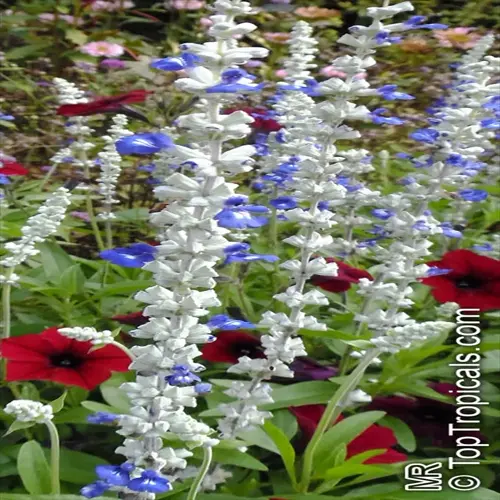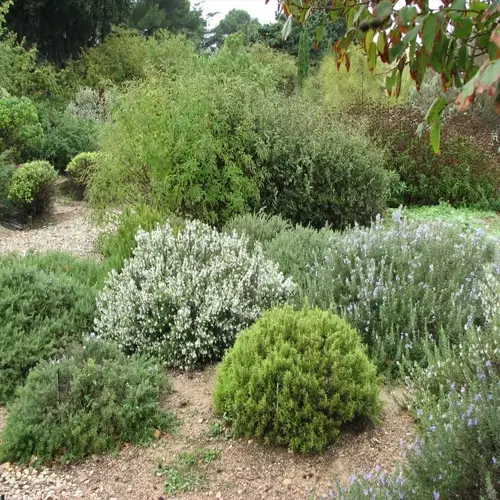What is the secret to growing thyme successfully?

Written by
Tina Carter
Reviewed by
Prof. Charles Hartman, Ph.D.Understanding how to successfully cultivate thyme involves replicating its Mediterranean, native habitat. This, in turn, means selecting a well-drained growing medium and plenty of sun. I've witnessed many amateur gardeners fail by over-watering thyme as if it were basil, a moisture-loving herb. Get these foundations right first.
Soil Composition
- Create gritty mix with 2 parts potting soil, 1 part perlite, 1 part coarse sand
- Ensure pH between 6.0-8.0 for optimal nutrient absorption
- Avoid heavy clay soils that cause fatal root rot issues
Light & Placement
- Provide minimum 6 hours direct sunlight daily for oil production
- South-facing windows work best for indoor container growth
- Rotate pots weekly for even light distribution patterns
Water Management
- Water only when top 2 inches (5 cm) of soil become dry
- Use finger test method before each watering session
- Reduce frequency to every 14 days during winter dormancy
Sunlight changes thyme from surviving to thriving: when plants get 8+ hours of sun, they produce 50% more essential oils. This creates seriously amazing flavor for cooking. I place my growing containers to soak up all the morning to afternoon sun possible. I also use grow lights in the winter months when the days are short.
Most thyme failures are due to mistakes in watering. The Mediterranean method of watering involves watering deeply, but infrequently. The soil must be thoroughly soaked and then allowed to dry completely. This promotes deeply rooted growth. Avoid sprinkling daily, which will keep the surface roots wet at all times.
To achieve high success rates with thyme propagation, use stem cuttings instead of seeds, resulting in 90% success rate. In the spring, take four-inch cuttings, remove the lower leaves, and plant them in a gritty mix. Roots will develop in about a month. This method of cloning preserves the most desirable flavor qualities.
Harvest thyme stems right before the flowers open for the most concentrated oils. Cut thyme stems in the morning. Leave about 5 inches of stem growth. This will produce the most robust flavor for cooking. If you periodically harvest thyme, it will encourage it to grow bushier.
Read the full article: How to Grow Thyme: Ultimate Beginner's Guide

